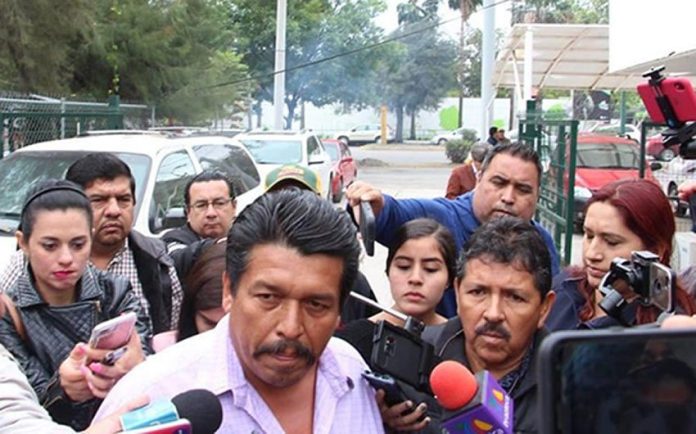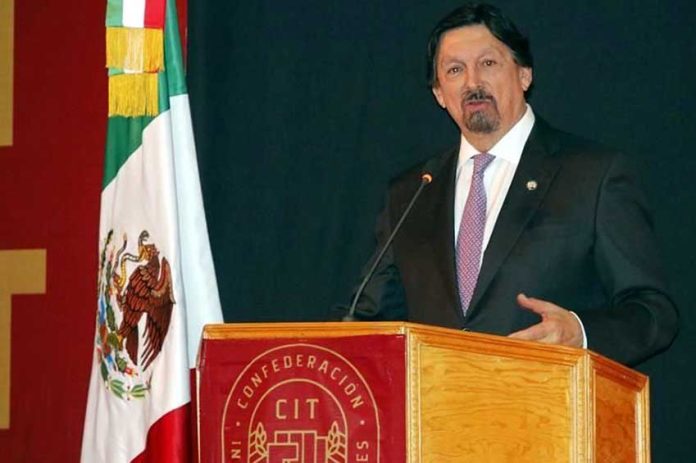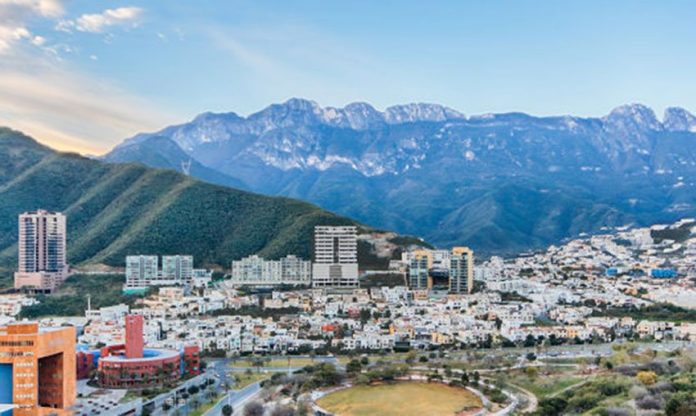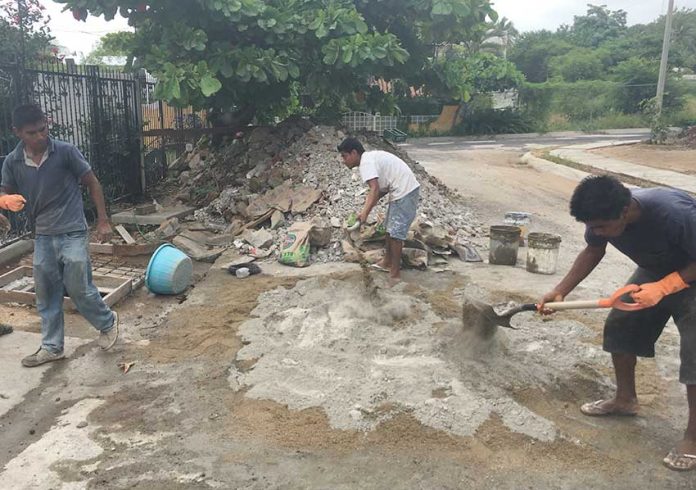The adventure continues. As my regular readers will know, The Captured Tourist Woman (TCTW) and I have spent the last three months working towards arrangements for the long awaited renovation of and additions to our recently purchased home.
It’s not that there is any shortage of contractors, architects or other self-proclaimed construction experts in our area; we are just a bit picky. My decades in the construction industry — 30 years in the States and 10 here in Mexico — mean I am not an easy mark for those builders who want to charge a high price for mediocre results.
The hard-working and very capable crew that I built up over my time here in Mazatlán has, in the time since I gave up that work, formed their own company complete with the addition of an architect and a project manager and more workers.
Of course, my first choice was to go with my old crew. However, they have cleverly moved on in a more substantial way than I had envisaged. They now have a business focus on expats who believe that if something costs less than “back home” it’s a deal.
When we first talked about them doing our job, my former team members apologetically told me my years of training in north of the border standards had put them in a very profitable position. Sure enough, after much goodwill on their part but an inability to reduce their new and larger income by an appreciable amount, it became clear that they were in a far more profitable position than we were willing to contribute to. So we had to look further.
As a general contractor in California, I was only allowed a thousand dollars as a down payment prior to the start of a project. After the down payment, the only funds that would come my way were based on the percentage of completion of the contracted work. However, things work differently here in the land of mañana.
Mexican builders of residential homes want, and sometimes get, an outrageous amount money up front; some will ask for half or more of the bid amount and others will be more reasonable, requesting only a 30% down payment. I know of expats who have forked over 60% of the project cost prior to anyone showing up to work. Most of these heavy down payment projects have serious problems when the builder has spent the upfront money and needs much more than the bid amount to finish the job.
In the early days we checked on all possibilities, and many builders would only do an all-inclusive job; of those, all the contractors required the local gringo standard of a huge down payment. That didn’t slow us down much because we then aimed for a labor only arrangement (in which the contractor supplies the work force while we pay directly for all materials and subcontractors).
Many gringos are not keen on that because of a fear that workers will take forever. I’m confident our job will be relatively time efficient. This type of arrangement is not unknown to builders, even if not preferred (because the builder won’t be making anything on his ordering of materials), so I knew there would be possibilities.
However, the unusual aspect in our case was that we would not require the builder to be present on the project site, nor would he need to supervise in any way. This arrangement relieved him of any serious effort or responsibility. Although demanding for me, it would give me much more control over the product, and other advantages.
For this type of service, the builder would be given a percentage over and above the labor costs. All he would have to do would be to show up on payday to get his cash; a trouble-free arrangement for the right builder.
We finally got down to the wire with two people. One is an architect, and the other a contractor. They were both amenable to the arrangement offered, which would allow them to lunch long on our largess. Of course the closing of the deal would be dependent upon the weekly labor cost. It would consist of amounts payable to albañiles (masons) and their peones (yes, that’s what they are called) along with general laborers. We explained to both potential builders we wished to start as soon as conveniently possible.
At 8:00am on the Monday following our request for labor prices, none of which had yet been provided, our doorbell rings. When I answer, I find the architect along with four other men, all in work clothes and armed with a variety of construction tools. With a large toothy smile of the style one associates with used car salespersons, the architect announces that they are here to begin our project.
I stepped outside and quickly closed the door behind me so TCTW would not assail this brazen architect who wished to begin without providing any prices. I believed my action kept this smiling con-man from an ambulance ride; she is Australian, you know.
When I asked for the rates, he gladly informed me of the weekly cost of each individual with him. The rates were somewhat over the standard but I moved on. When I asked what he wanted per week for his part in this unfolding fiasco, he looked me in the eye and with a straight face gave me a figure which brought forth a string of Spanish expletives.
Unfazed, he went on to claim, apparently with complete seriousness, that all construction projects in Mexico required an architect and I had little choice in the matter but to use him. Needless to say, I sent him and his unfortunate crew packing. By the time I told TCTW of my conversation with the audacious architect, he was well out of harm’s way.
The builder we ended up with is quite happy to have his crew working while he sleeps in, enjoys long lunches and collects his not unreasonable number of pesos each week.
He assured me that none of the workers drank beer or smoked pot during working hours; I did, however, wonder about lunch time. But what the hell, we were ready to roll and the deal was as good as it was going to get.
Today we have only three workers at the house. The next edition of this saga will follow the antics of “Larry, Moe and Curly” and their lively romp through different parts of our house while creating massive amounts of dust and rubble.
The writer describes himself as a very middle-aged man who lives full-time in Mazatlán with a captured tourist woman and the ghost of a half wild dog. He can be reached at [email protected].











